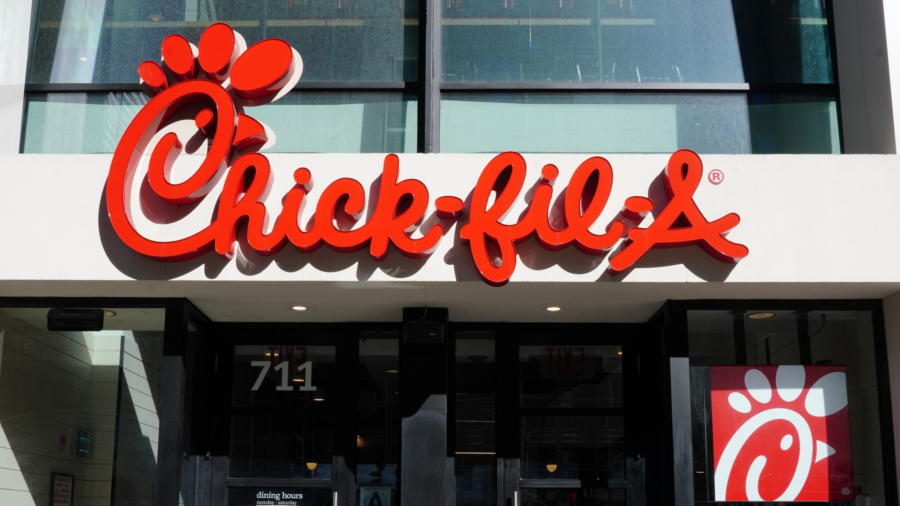Fast-food chain Chick-Fil-A has taken a massive U-turn, backtracking on a previous pledge to not use antibiotics in its livestock production citing decisions by poultry producer Tyson Foods.
The company made the pledge, branded “no antibiotics ever” (NAE) around a decade ago, after evidence surfaced that the use of antibiotics in livestock can contribute to increased tolerance to antibiotics in humans.
Additionally, the use of antibiotics in livestock can also reduce the effectiveness of antibiotics against disease in humans.
The company instead issued a statement, wherein it said that it will now adhere to a new standard known as “no antibiotics important to human medicine,” or NAIHM.
That standard stipulates that use of antibiotics will be limited to cases of actual animal illness, as opposed to use for inducing rapid weight gain, and that the company will continue avoiding the use of antibiotics more commonly applied to humans.
“NAE means no antibiotics of any kind were used in raising the animal. NAIHM restricts the use of those antibiotics that are important to human medicine and commonly used to treat people, and allows use of animal antibiotics only if the animal and those around it were to become sick,” according to the company’s statement.
One of the key uses for antibiotics in livestock has been to facilitate noticeable weight gain in animals such as chickens, pigs, cows, and sheep, which in turn created increased profitability for businesses.
The use of antibiotics in livestock, however, became a controversial topic, when more light was shed on the adverse effects it could have on humans.
As a result, since 2014, many countries, including the United States, initiated restrictions on the use of such treatments.
The new NAIHM standard is set to take effect in the spring of this year, according to a Chick-Fil-A spokesman.
One of the core reasons for the shift, the spokesman added, are concerns by the company over its compromised ability to source adequate supplies of antibiotic-free chicken.
The company did not elaborate further on the reasons for the shift, nor whether it was related to the damage to dozens of food processing plants that were destroyed by fires in the last couple of years.
NTD has reached out to Chick-Fil-A for comment.
The shift comes on the back of another decision made by Tyson Foods last year. The food giant, which is one the largest poultry manufacturers in the country, said in 2023 that it was reintroducing some antibiotics to its chicken production.
Tyson Foods’ move effectively removed its “No Antibiotics Ever” pledge from package labeling, close to a decade after the company began eliminating antibiotics from some of its poultry production in 2015.
The company’s decision was further explained in a video, which Tyson Foods uploaded to its YouTube channel in May 2023.
In the video, Tyson’s senior director of animal welfare, Karen Christensen, justified the company’s move by saying that the decision was based on “scientific research and industry learnings.”
Ms. Christensen further elaborated on the decision, noting that Tyson Food would start implementing the use of a different type of antibiotic, known as ionophores.
These ionophores reportedly don’t play a role in human medicine and only serve to “improve the overall health and welfare of the birds in our care,” Ms. Christensen said.
Ionophores have long been used to promote growth in livestock. While it is generally considered safe for use in animals, this largely depends on the dosage, overall health, and age of the animal, according to Science Direct. However, studies have not delved further into the effects of ionophores on animals at a molecular level.
Limited information exists on how this medication can affect humans, although studies have shown that some ionophores can be toxic to dogs and horses in extremely low concentrations.
The Associated Press contributed to this article.


